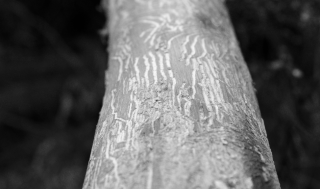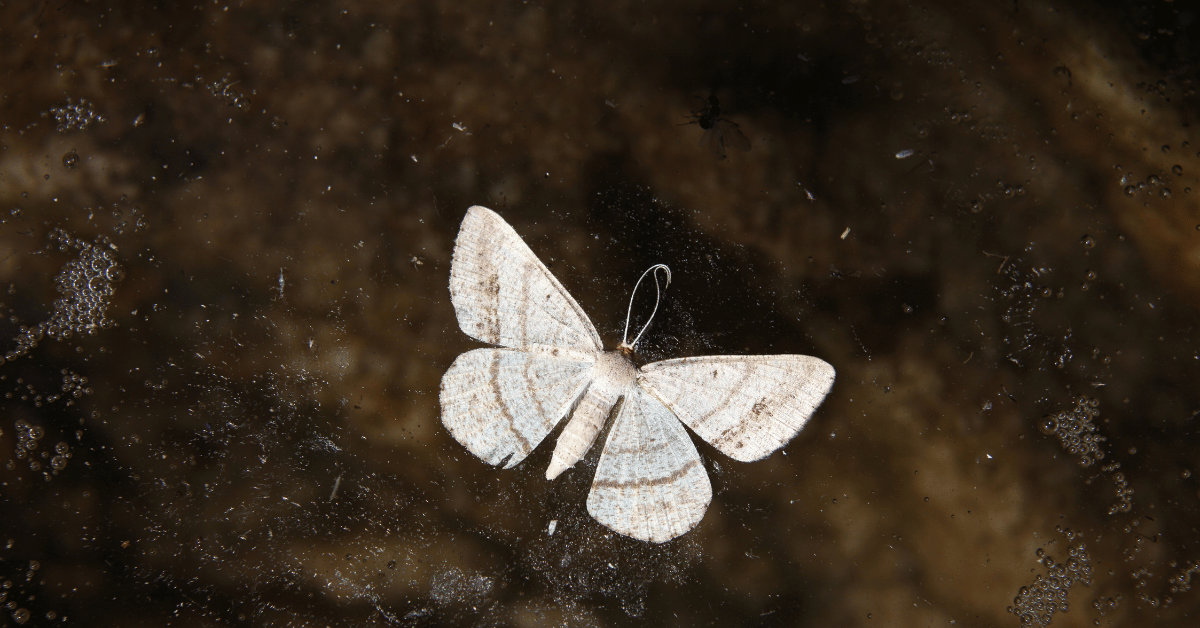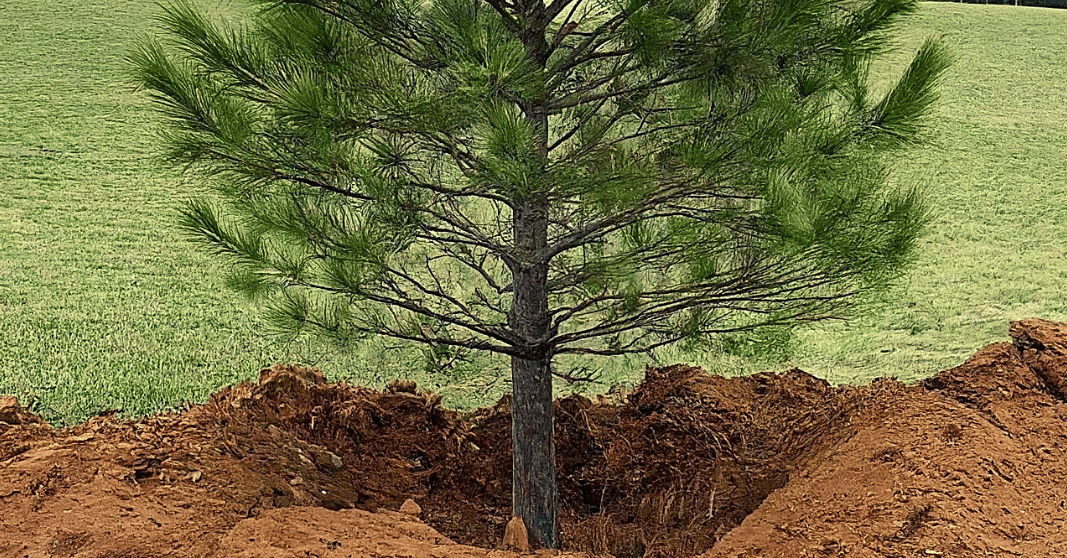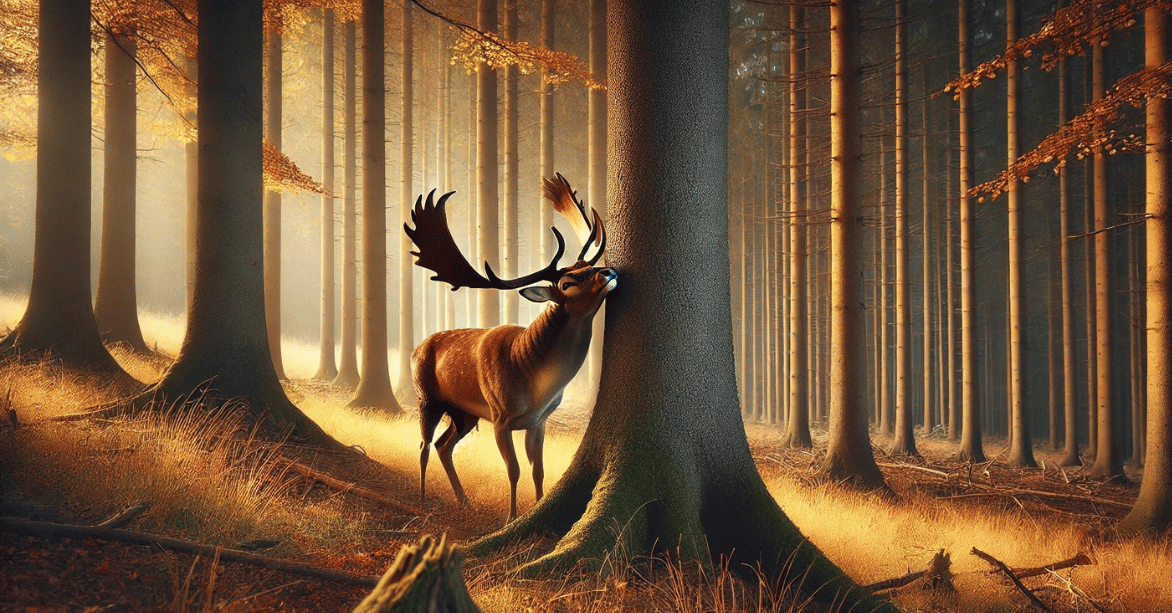Dutch Elm Disease (DED) is a formidable adversary to one of our most beloved tree species. The devastation caused by this vascular wilt disease is a cause for concern among tree enthusiasts and conservationists alike. In this article, we will delve into what Dutch Elm Disease is, how to identify it, the trees it affects, its survival and spread mechanisms, and most importantly, how Strobert Tree Services can assist in managing and mitigating the impact of this destructive disease.
What is Dutch Elm Disease?
Dutch Elm Disease is a fungal infection caused by the pathogen Ophiostoma ulmi. The disease primarily targets elm trees, disrupting their vascular systems and leading to wilting, yellowing, and eventual death. The fungus is spread mainly by elm bark beetles, which carry the spores from infected trees to healthy ones, creating a vicious cycle of contamination.
How to Identify Dutch Elm Disease
Recognizing the symptoms of Dutch Elm Disease is crucial for timely intervention. Early detection can make a significant difference in saving infected trees. Look out for the following signs:
- Brown Streaking in the Sapwood: If you observe brown streaks in the sapwood beneath the bark, it may indicate the presence of Dutch Elm Disease.
- Wilting and Yellowing Leaves: The first noticeable symptom is the wilting and yellowing of leaves, typically starting in the upper canopy and progressing downward.
- Premature Leaf Drop: Infected trees often shed leaves prematurely, even before the fall season.
- Curling and Browning of Edges: The leaves may exhibit irregular curling and browning along the edges.
- Darkened, Clogged Water-Conducting Vessels: Upon closer inspection, the water-conducting vessels may show signs of dimming and clogging due to the fungal invasion.
If any of these symptoms are observed, it is imperative to seek professional assistance promptly.
Trees Affected by Dutch Elm Disease
Dutch Elm Disease is particularly notorious for targeting various elm species. Some of the most vulnerable include:
- American Elm (Ulmus americana): Once a dominant and majestic species in North America, the American Elm has been severely impacted by Dutch Elm Disease.
- European Elm (Ulmus glabra): Commonly found in Europe, this species is also susceptible to the pathogen.
- English Elm (Ulmus procera): Native to Europe, the English Elm is another victim of Dutch Elm Disease.
- Chinese Elm (Ulmus parvifolia): Though more resistant than other species, Chinese Elms can still fall prey to the disease.
Understanding which trees are at risk is crucial for proactive management and conservation efforts.
How Does Dutch Elm Disease Survive and Spread?
Dutch Elm Disease has a cunning survival strategy, relying on the fungal pathogen and its elm bark beetle vector to propagate. The fungus colonizes the xylem vessels, blocking water transport and causing wilting. Elm bark beetles become carriers as they feed on infected trees, transferring the spores to healthy elms. This cycle perpetuates the disease, making it challenging to control once established.
Can a Tree Survive Dutch Elm Disease?
Whether a tree can survive Dutch elm disease depends on several factors, including the specific elm species, the severity of the infection, and the presence of preventative measures. Here's a breakdown:
Susceptible elms:
- American elm (Ulmus americana)
- European elm (Ulmus procera)
- Siberian elm (Ulmus pumila) - Some trees show tolerance but are considered liable overall.
These elms are highly vulnerable to Dutch elm disease and often succumb to the infection within a few years.
Resistant elms:
- Chinese elm (Ulmus parvifolia)
- Zelkova (Zelkova serrata)
These elms resist Dutch elm disease and rarely die from the infection.
Tolerant elms:
- Some American elm cultivars like 'Princeton' and 'Homestead.'
- Hybrid elms like 'Frontier' and 'Newport'
These elms can contract Dutch elm disease but may survive for many years, often with minimal symptoms. They can even help block the spread of the infection to other trees.
Factors influencing survival:
Early detection and intervention: Prompt identification and removal of infected branches can significantly increase the tree's chances of survival.
- Tree health: Healthy, mature trees with robust root systems are generally more resilient to the disease.
- Environmental conditions: Dry weather and stress can weaken trees and make them more susceptible to infection.
How to Manage Dutch Elm Disease
While completely eradicating Dutch Elm Disease is difficult, proactive management measures can help control its spread and protect uninfected trees. Here are some strategies employed by Strobert Tree Services:
- Pruning and Removal: Prompt removal of infected trees is crucial to prevent the disease from spreading to nearby elms. Strobert Tree Services employs skilled arborists who specialize in safely removing infected trees.
- Insect Control: Targeting the carriers, Strobert Tree Services employs insect control measures to minimize the elm bark beetle population, reducing the chances of disease transmission.
- Fungicide Treatment: In some instances, fungicide treatments can be administered to healthy elms as a preventive measure. Strobert Tree Services utilizes effective and environmentally friendly fungicides to protect vulnerable trees.
- Regular Monitoring: Regular inspections and monitoring of elm populations are essential to detecting and addressing potential outbreaks early on. Strobert Tree Services offers comprehensive tree health assessments to identify and manage Dutch Elm Disease.
Contact Strobert Tree Services - Leaders in Tree Care in Delaware, Pennsylvania, Maryland, New Jersey
For those seeking expert assistance in managing Dutch Elm Disease, Strobert Tree Services is a trusted leader in tree care across Delaware, Pennsylvania, Maryland, and New Jersey. With a team of certified arborists and a commitment to environmental stewardship, Strobert Tree Services provides tailored solutions to address the unique challenges posed by Dutch Elm Disease.
Understanding the nuances of Dutch Elm Disease is paramount for the effective management and conservation of our beloved elm trees. By staying vigilant, employing professional services, and partnering with experts like Strobert Tree Services, we can work towards mitigating the impact of this destructive disease and preserving the beauty of our urban and natural landscapes.











